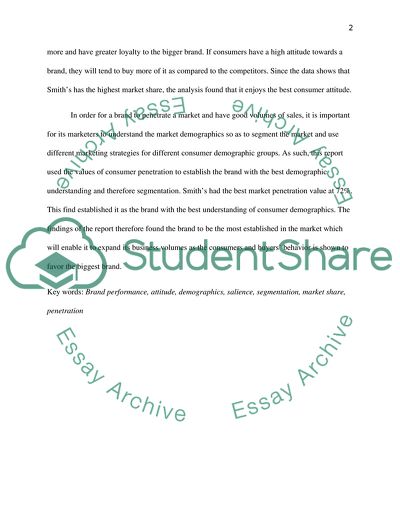Cite this document
(Buyer and Consumer Behavior Report Example | Topics and Well Written Essays - 2000 words, n.d.)
Buyer and Consumer Behavior Report Example | Topics and Well Written Essays - 2000 words. https://studentshare.org/marketing/1842720-this-report-under-the-course-of-buyer-and-consumer-behaviour
Buyer and Consumer Behavior Report Example | Topics and Well Written Essays - 2000 words. https://studentshare.org/marketing/1842720-this-report-under-the-course-of-buyer-and-consumer-behaviour
(Buyer and Consumer Behavior Report Example | Topics and Well Written Essays - 2000 Words)
Buyer and Consumer Behavior Report Example | Topics and Well Written Essays - 2000 Words. https://studentshare.org/marketing/1842720-this-report-under-the-course-of-buyer-and-consumer-behaviour.
Buyer and Consumer Behavior Report Example | Topics and Well Written Essays - 2000 Words. https://studentshare.org/marketing/1842720-this-report-under-the-course-of-buyer-and-consumer-behaviour.
“Buyer and Consumer Behavior Report Example | Topics and Well Written Essays - 2000 Words”. https://studentshare.org/marketing/1842720-this-report-under-the-course-of-buyer-and-consumer-behaviour.


